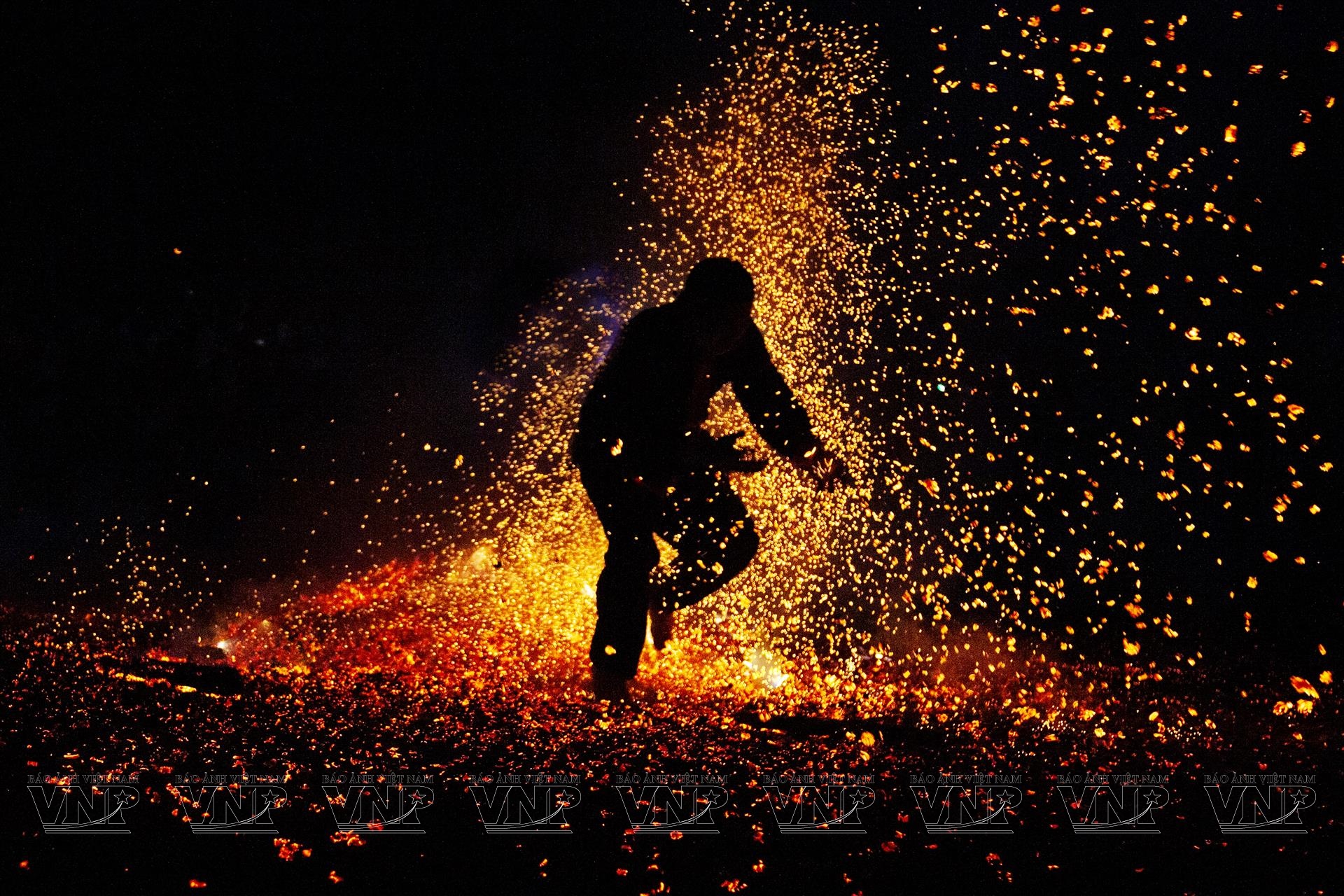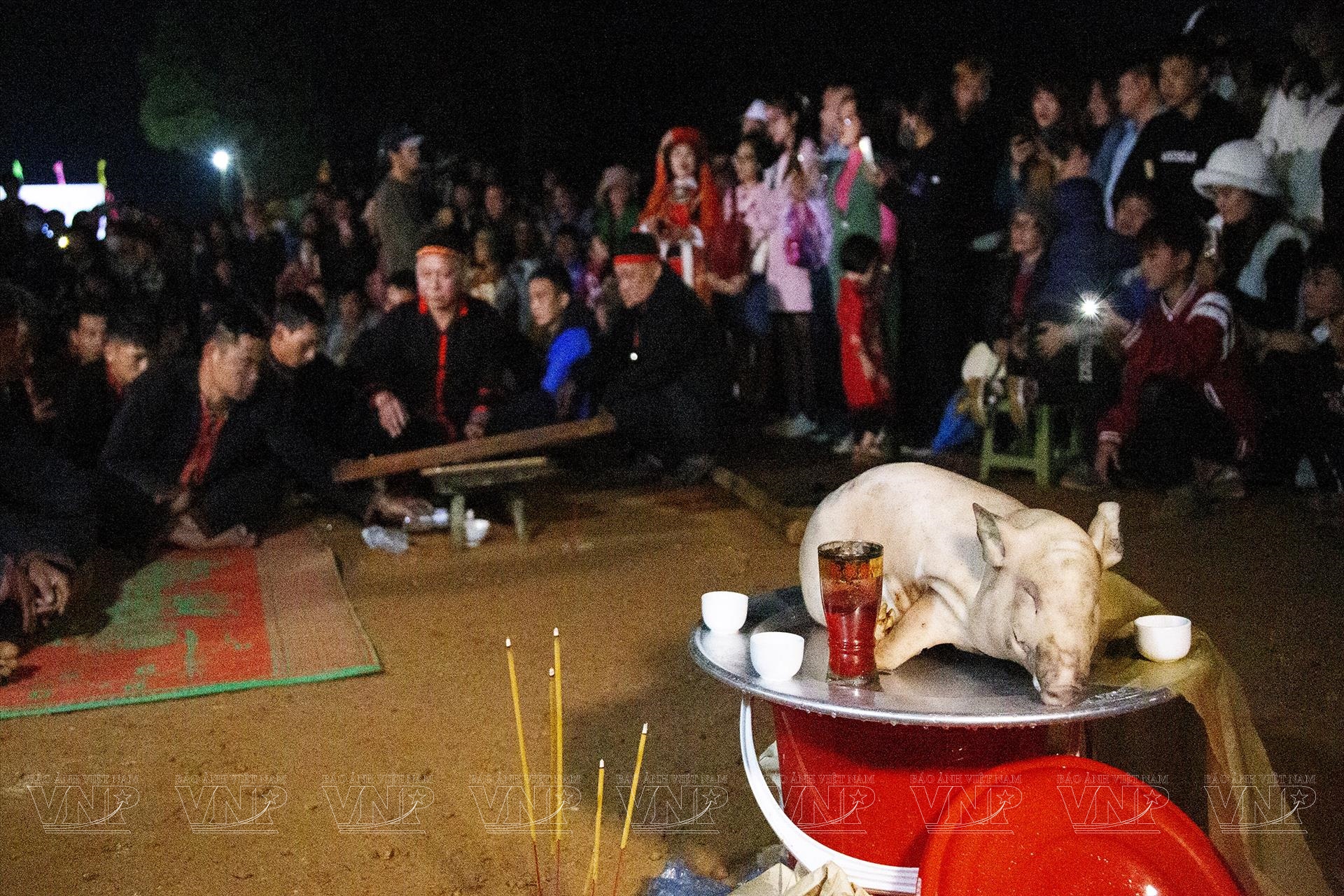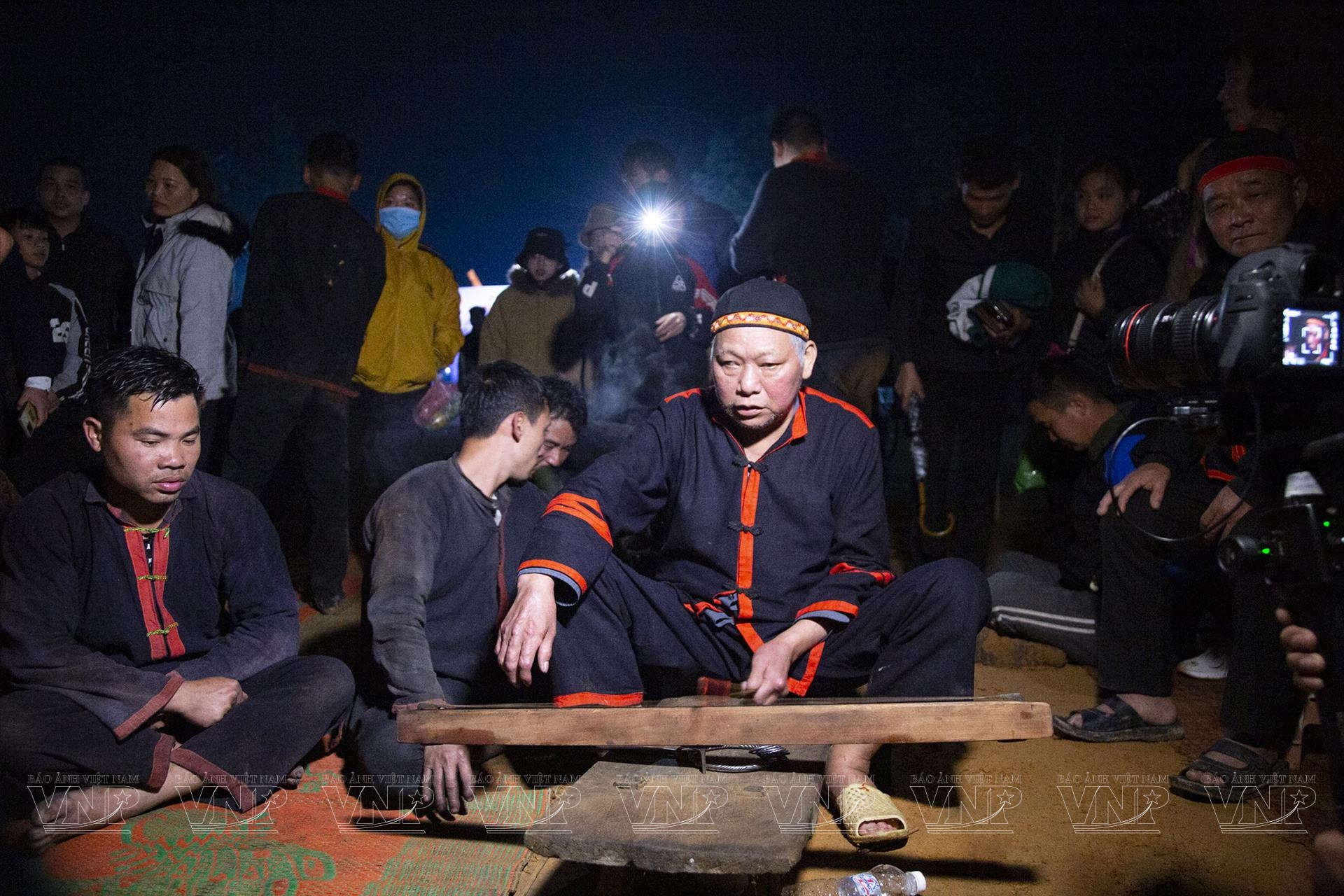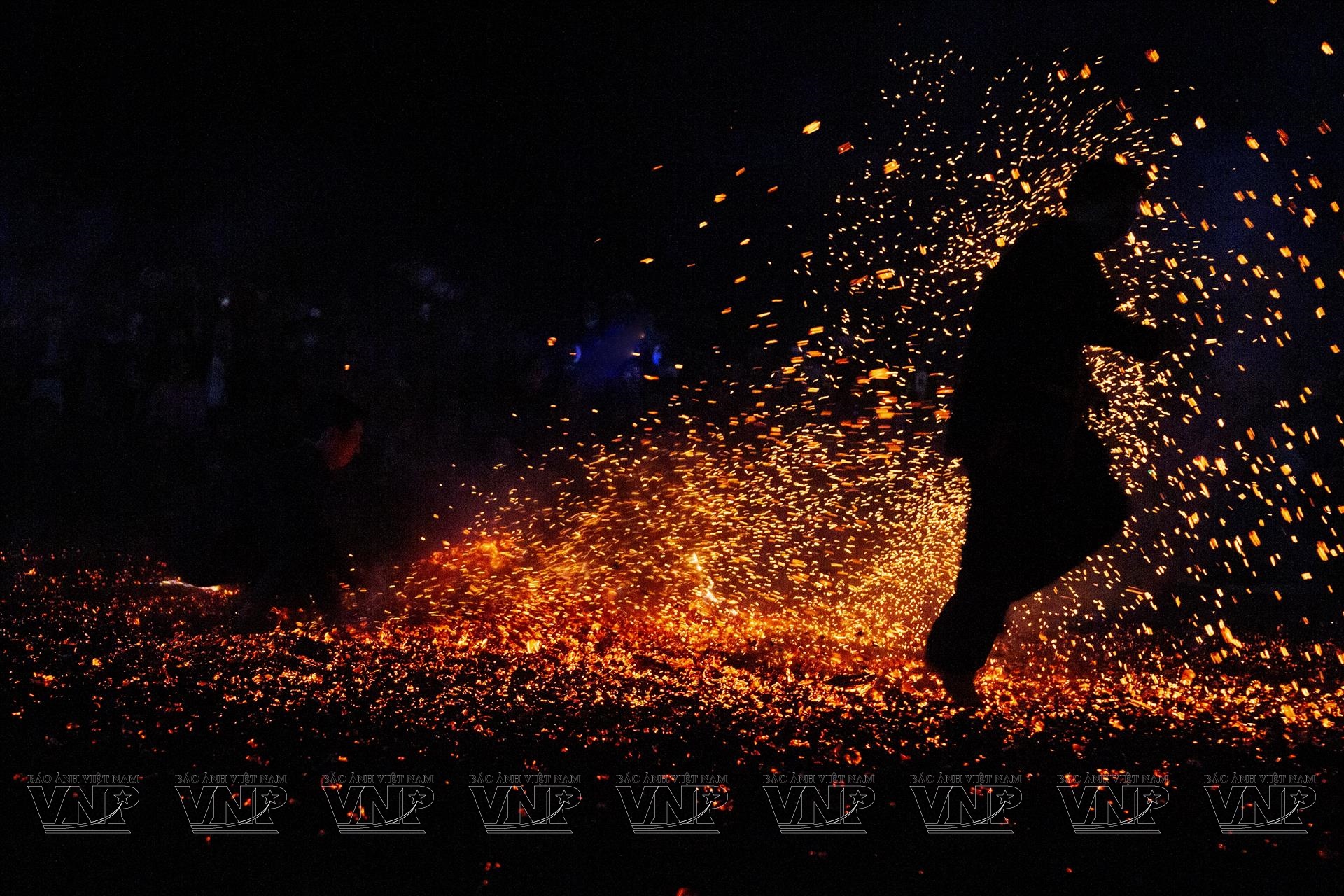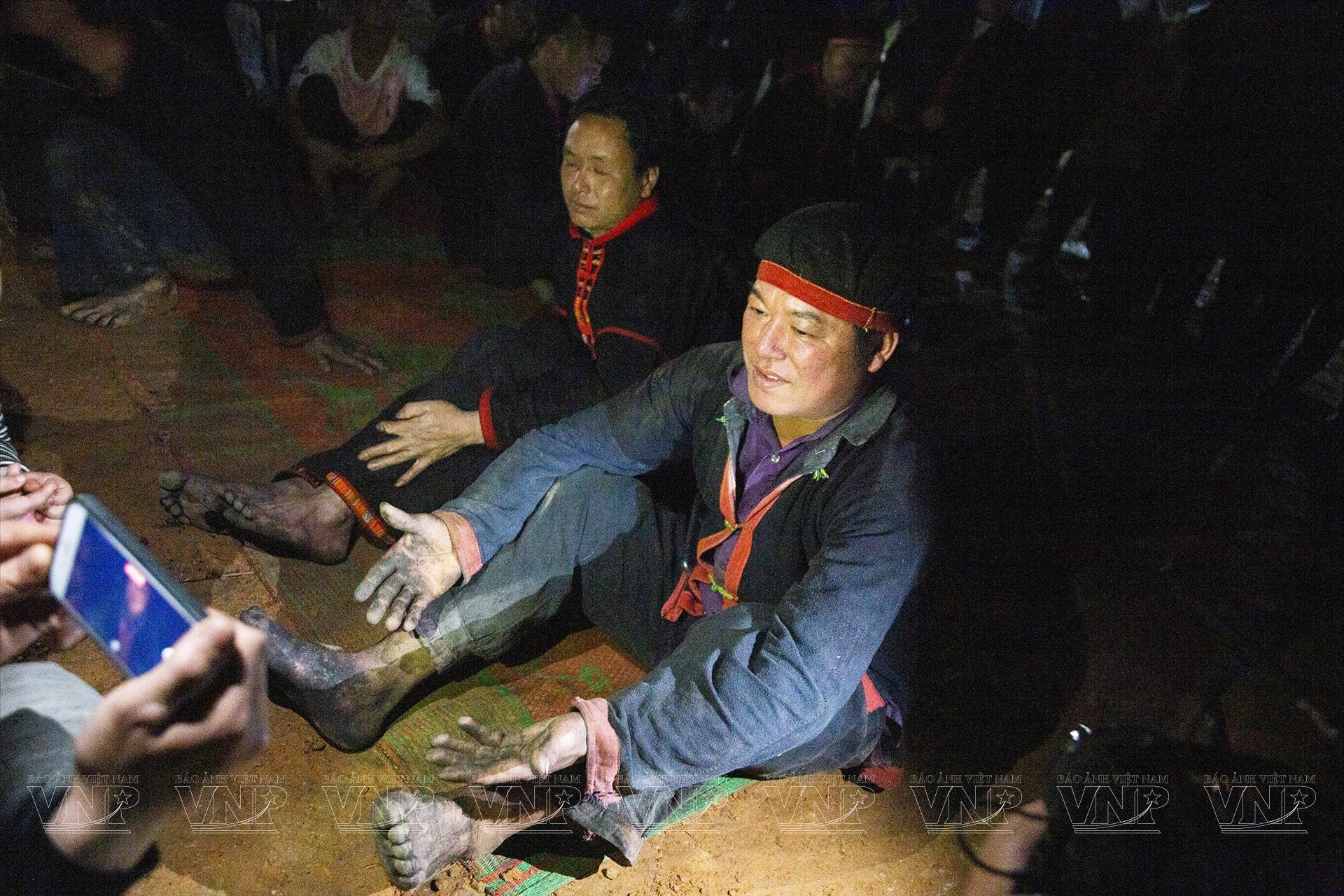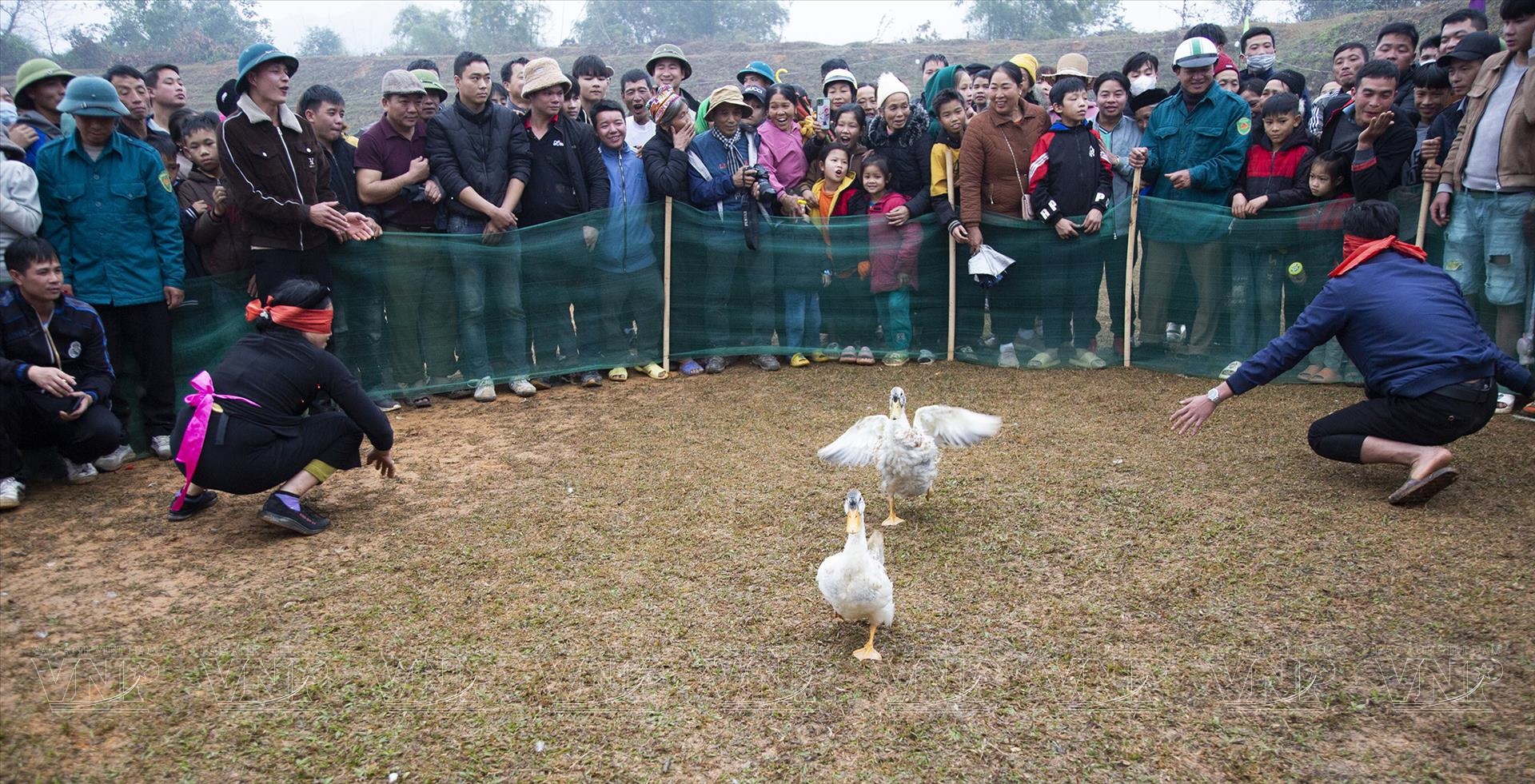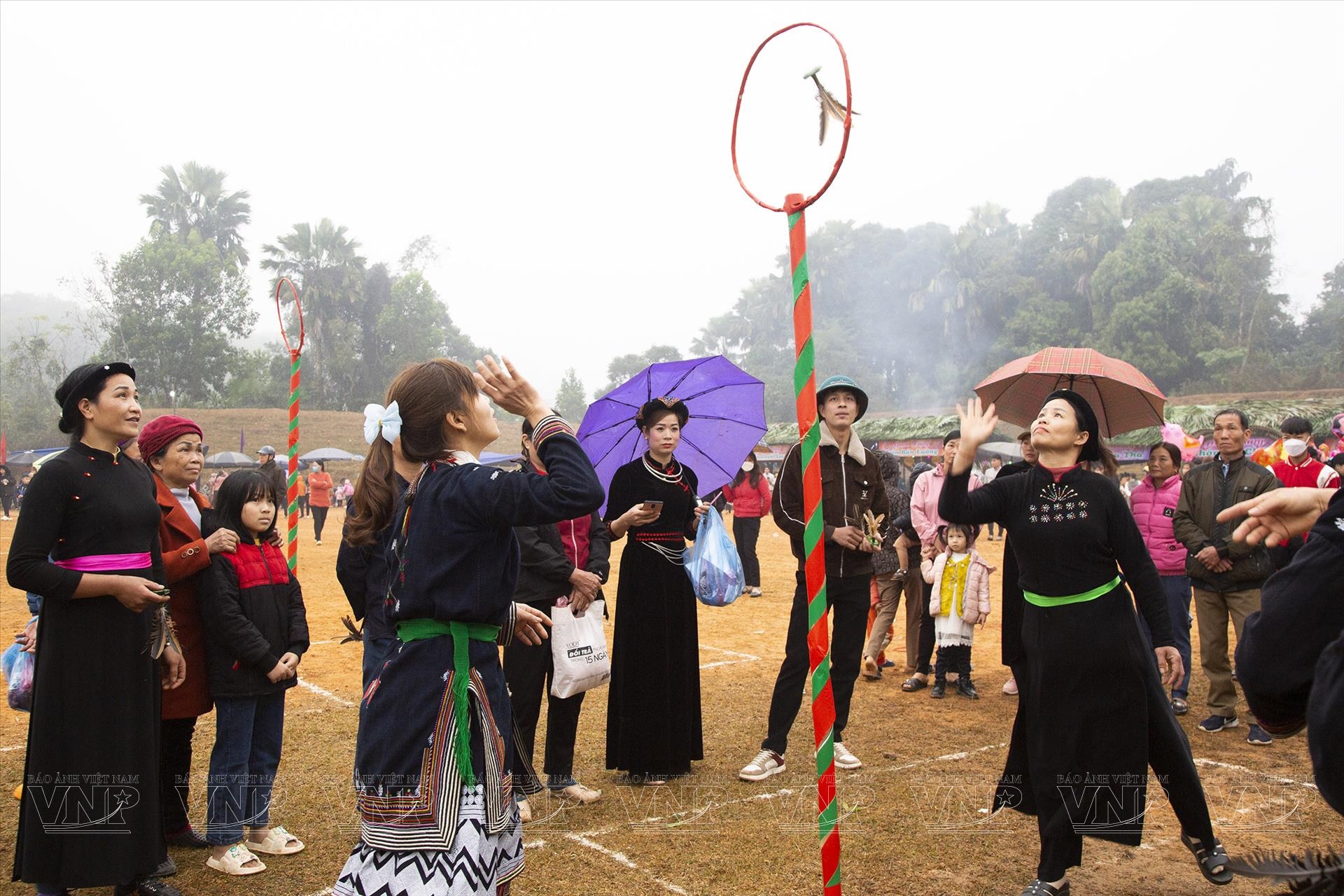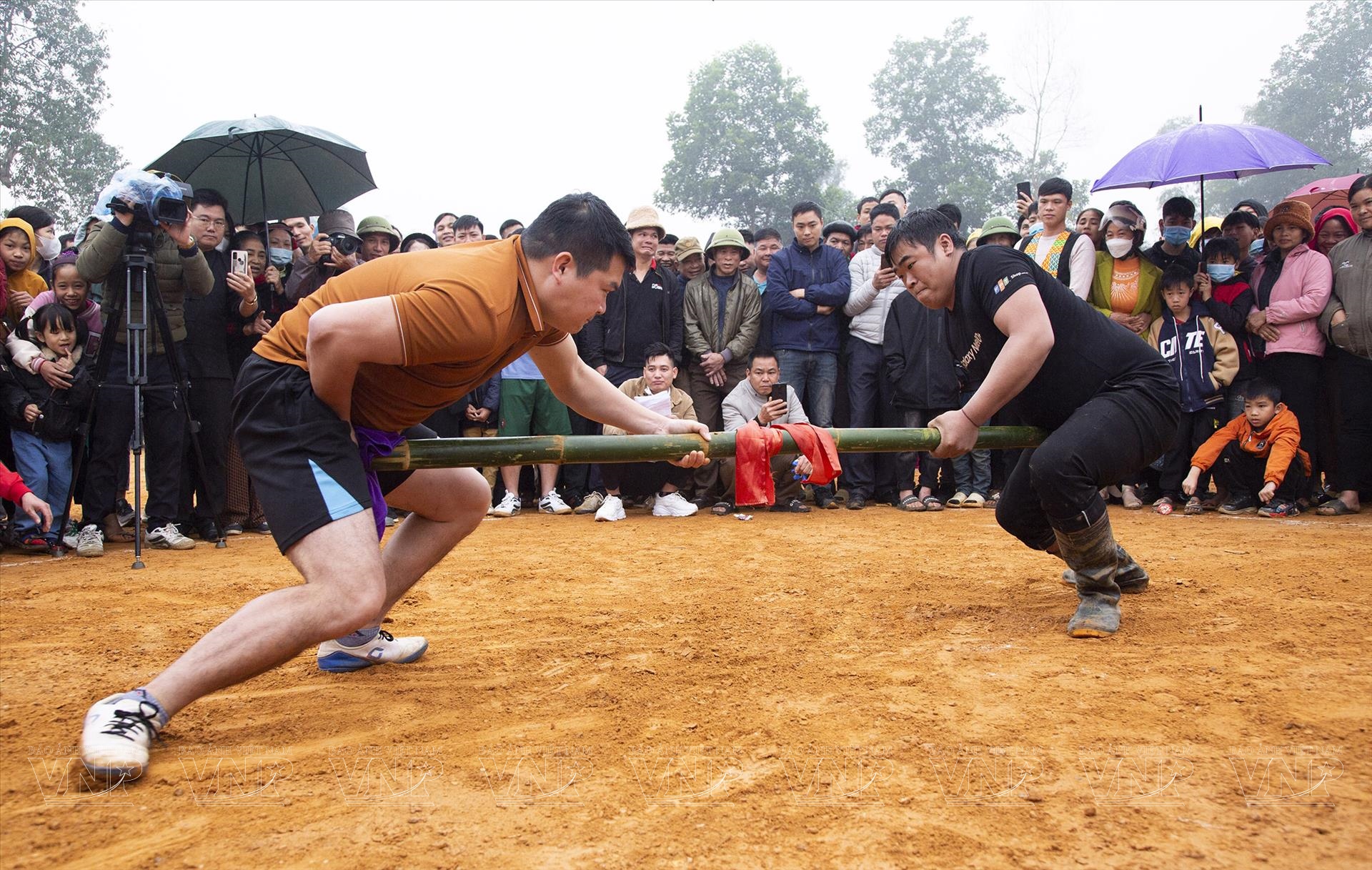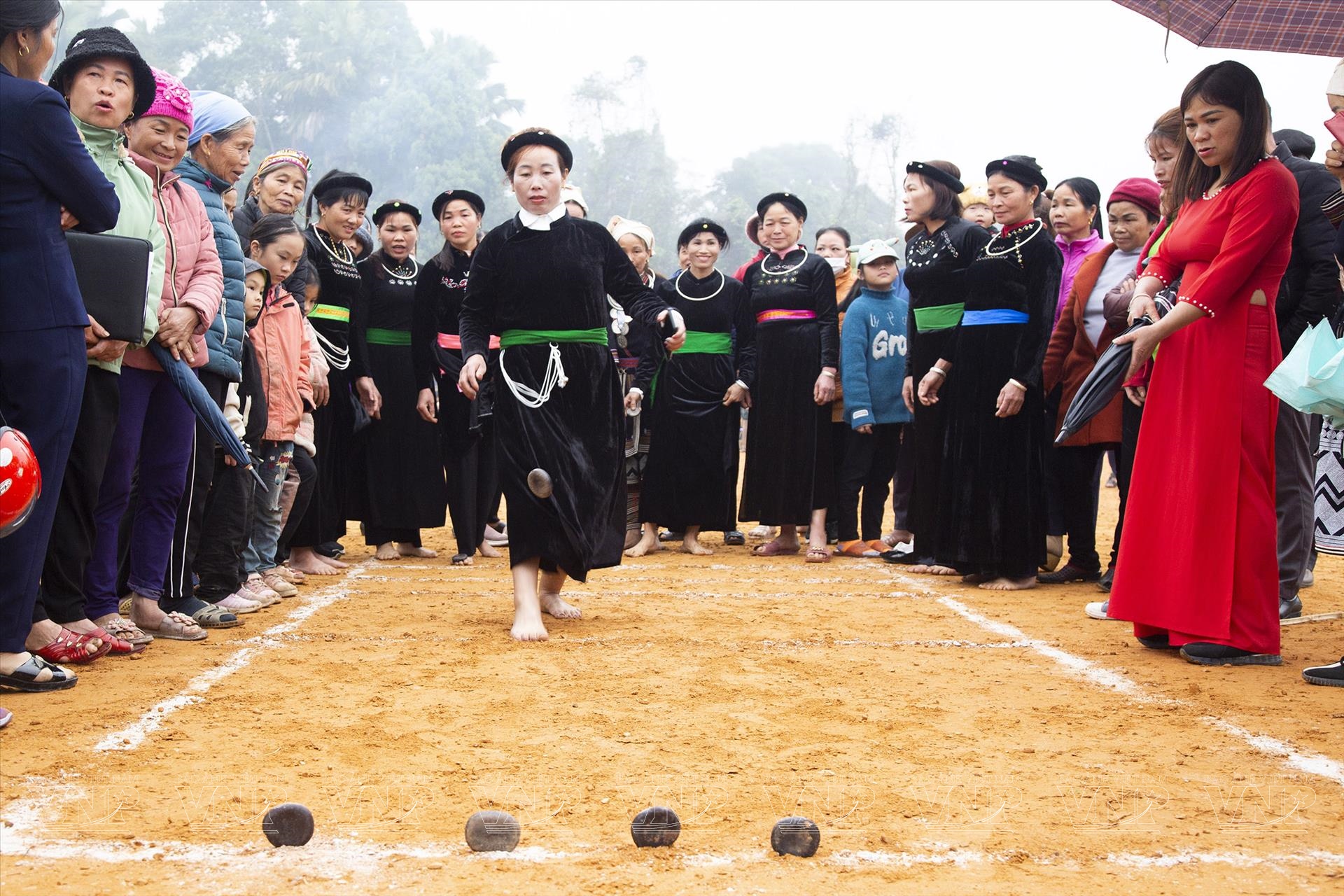Mysterious Fire Dance of the Pa Then
The Fire Dance Festival of the Pa Then highlights their deep-rooted faith in the spiritual realm, the existence of supernatural forces, and the remarkable resilience of humans in conquering life's challenges.
According to the beliefs of the Pa Then, the Fire Dance Festival is intended to express gratitude to the heavens, the earth, and the divine spirits for a bountiful harvest season, favorable weather conditions, and abundant crops, while also dispelling anything negative. The fire symbolizes warmth and luck, driving away the harshness of the approaching winter. This is a traditional cultural activity within the Pa Then community, showcasing their strength, labor process, ability to harness nature, and their determination to survive and thrive.
The Fire Dance Festival of the Pa Then traditionally takes place each year as the old year transitions into the new year, aligning with the bountiful harvest season (typically spanning from October to the full moon day of January according to the lunar calendar). This vibrant ritual unfolds within a dedicated courtyard, acting as a cultural hub for the local village or community. The festival comprises two distinct segments of an early ceremonial offering held roughly three to four hours before sunset, followed by the mesmerizing fire dance spectacle that unfolds after nightfall, lasting approximately one hour.
As night falls, the shaman performs a ritual to invite the divine spirits to join the festival and possess the participants. The shaman sits on a long chair worship the spirits, holding an iron rod and striking it against a metal bar beneath the chair, creating a rapid and continuous sound for approximately four hours. Prior to each ceremony, the shaman conducts rituals to invoke the blessings and supernatural powers from the spirits, empowering the Pa Then men to "dance" within the fire.
After the completion of the invitation ritual for the divine spirits, the fire dance ceremony takes place. A large fire has been prepared and burns with intense red embers. The participating young men take turns leaping into the fiery pile, using their bare hands and feet to break it apart until the flames subside. What is remarkable is that after jumping into the fire, their hands and feet are not burned, and they do not experience pain or scratches.
Phu Van Quy, a participant in the Fire Dance Festival, said that he felt as though he was being guided by the spirits, and he didn't realize he was jumping into the fire until he sensed the heat and needed to escape. He kept jumping into the fire multiple times until the red embers were extinguished.
After the fire has been extinguished, the shaman leads the participants back to the mats to conclude the ceremony. They express gratitude to the attending spirits for joining the festive celebration with the villagers and pray for their continued protection, well-being, and prosperity. They also make a promise to invite the spirits again for future Fire Dance ceremonies.
The Fire Dance Festival of the Pa Then takes place annually to honor and preserve traditional cultural values, as well as to promote the exploration of the potential cultural heritage, serving the development of local tourism.
The Pa Then have a population of over 8,000 individuals, predominantly residing in the districts of Bac Quang and Quang Binh (Ha Giang province), as well as Chiem Hoa, Yen Son, and Lam Binh (Tuyen Quang province). In terms of belief systems, the Pa Then believe in the existence of supernatural beings and that all things have souls. Their folk culture is rich and diverse, demonstrated through a treasure trove of folklore, traditional melodies, lullabies, dance performances, and various musical instruments.
